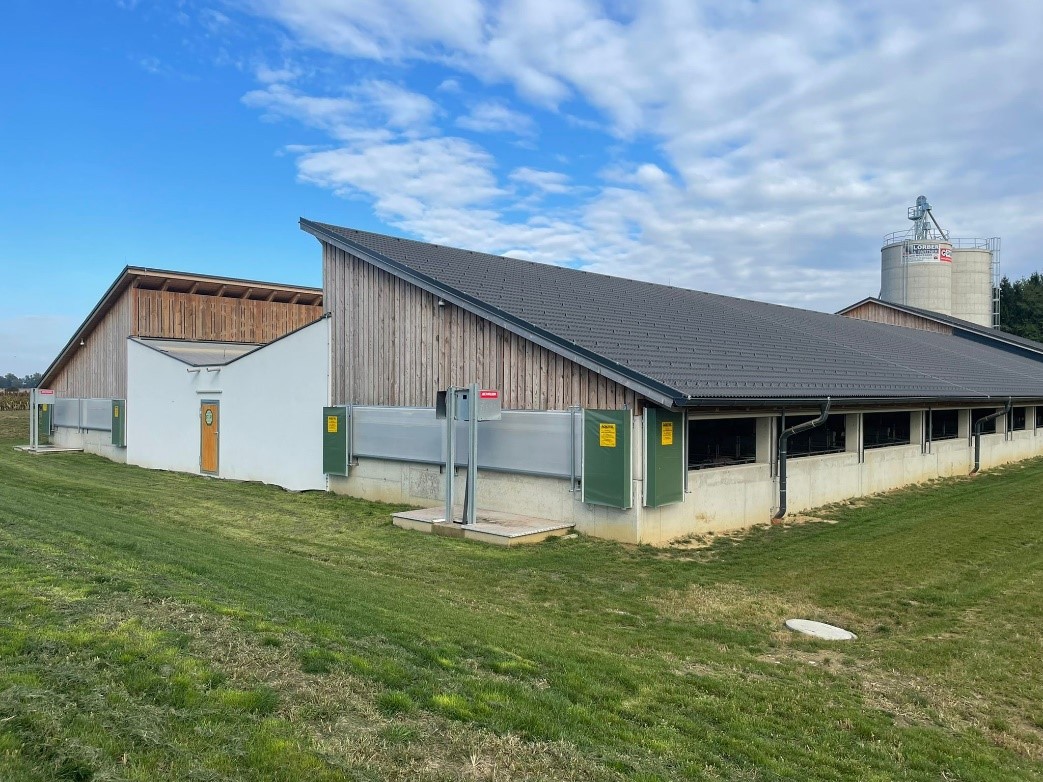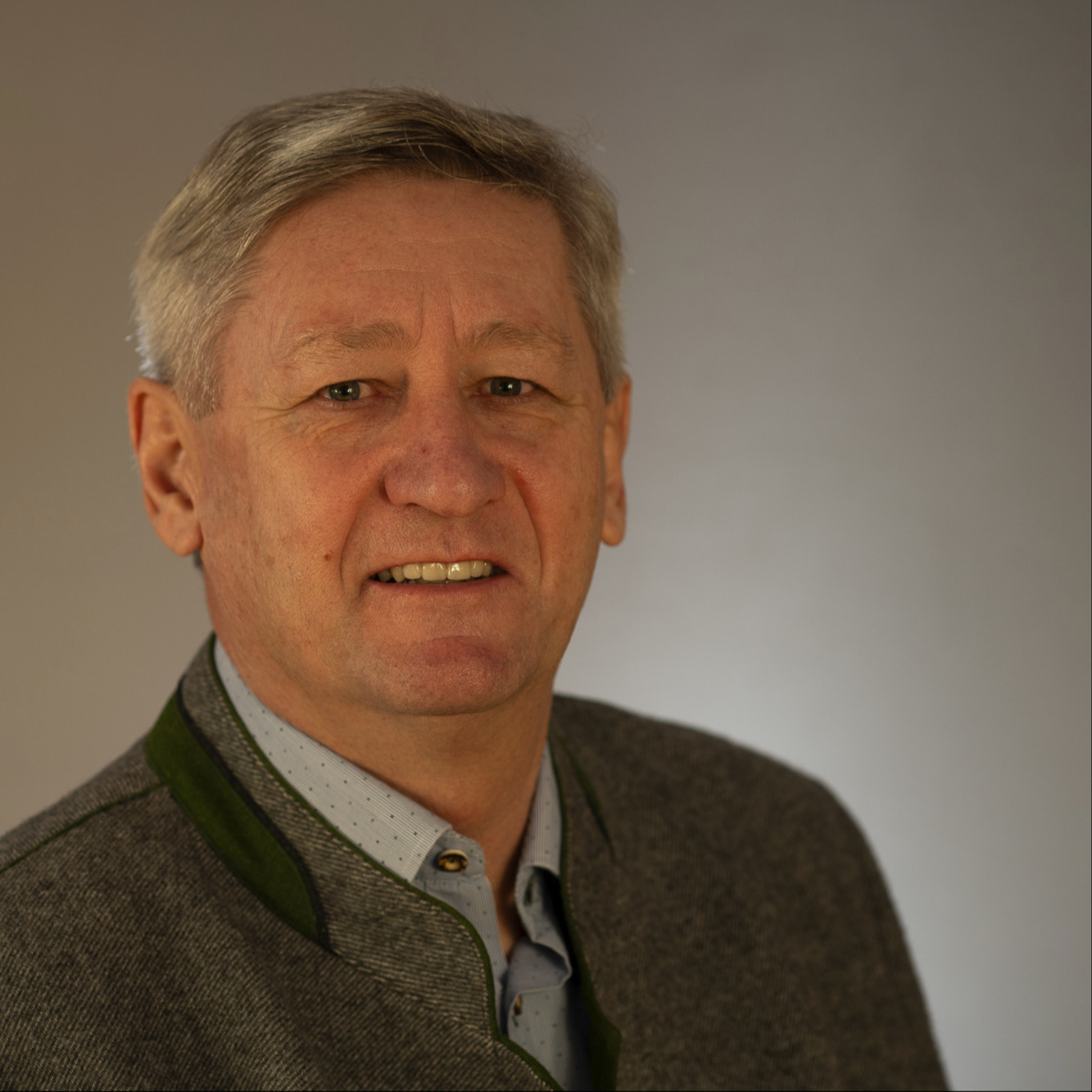Collaboration takes place in cross-institute working groups in the sector of climate-relevant gases carbon dioxide, methane and nitrous oxide.
Emissions, the resulting emissions and their reduction are a central issue when it comes to the acceptance of livestock farming. There are a variety of options for reducing agricultural emissions, which not only make it easier for the farming and non-farming population to live together, but also save costs for companies. An example of this is the protein-adapted or protein-reduced feeding of fattening pigs. In the pig research barn at HBLFA Raumberg-Gumpenstein, protein-reduced feed recipes (some including feed additives) have been used in recent years and their potential to reduce odor and ammonia has been investigated.
It is essential to research practical measures that farmers can implement without major technical and financial effort. In collaboration with Department 15 of the Office of the Styrian State Government, several central research topics were and are being investigated: the efficiency and economic aspects of using exhaust air purification systems for dust, odor and ammonia in pig fattening; the comparison of computer-aided odor immission calculations with odor inspections in the area of a fattening piggery; the analysis of odor samples from practical pig and poultry farming operations to derive emission factors for dispersion models.
This project was completed in 2023 and formed the basis for the revision of the Stmk. Odor emission guidelines (https://app.luis.steiermark.at/berichten/Download/Fachbericht/ABT15_Lu-04-2023_Emissionsartikel.pdf ). In an EIP project led by the Institute for Animals, Technology and Environment at HBLFA Raumberg-Gumpenstein, valuable insights have also been gained in recent years by examining a low-emission animal welfare stable for fattening pig farming. The new stable concept combines increased animal welfare (e.g. more space allows for the creation of functional areas, provision of straw, constant access to the covered run) with various emission reduction measures. By combining feces and urine separation with a reduction in the emitting surfaces, protein-reduced feeding and supply air cooling, a reduction in ammonia and odor was demonstrated, which is otherwise only achievable through exhaust air purification systems ( https://app.luis.steiermark.at /reports/Download/Fachreports/ABT15_Lu_02_2022_Projekt_SaLuT.pdf ).
In addition to the pig research barn, the Institute for Animals, Technology and the Environment operates a barn for studying gaseous emissions (ammonia, methane, nitrous oxide, carbon dioxide and odor) from poultry farming. In two identical, completely separate compartments, different feeding strategies can be examined with regard to emissions and their impact on the animals' biological performance.
After more than 10 years of scientific research in the fattening poultry sector, the compartments were adapted for laying hens in 2024 - to date there has been little knowledge of emissions here. The research questions are processed in close coordination with the Austrian poultry industry, feed manufacturers and animal nutrition experts.
On request, surveys are carried out in practice and agricultural operations are supported in emissions-related matters. Acceptance or officially prescribed, recurring measurements to check the effectiveness of exhaust air purification systems, the control of the blow-out speed of exhaust air volume flows and support in conflicts with neighbors in connection with dust, odor and noise emissions are mentioned here. Emissions reports and statements are prepared on behalf of courts and authorities as part of administrative assistance, thereby making a valuable professional contribution to civil and administrative law proceedings.










